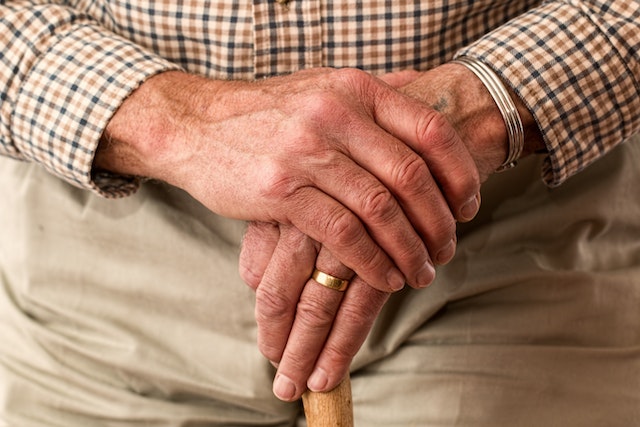In 2020, the pandemic began to highlight the serious issue of infection control, particularly within nursing homes.
While nursing home residents make up only a fraction of the population, they accounted for nearly 136,000 COVID deaths. There is a significant disparity between the numbers of nursing home deaths compared to the rest of the population. This makes us acutely aware that the spread of disease in these facilities is a top concern.
Of course infection control isn’t only for the benefit of residents, as nursing home staff were also affected by high COVID deaths. Nurses lacked the support they needed in order to protect themselves and residents. They felt stressed and insecure about the lack of equipment available. It is easy to see how nurses could feel that they were fighting a losing battle, with little armor and little support.
Considering the lessons we’ve learned since the pandemic began, the future of skilled nursing looks different. Infection control has risen to a far more prominent place. It is now at the forefront of the daily tasks related to patient care.
Infection control requires everyone taking unified, preventative actions, but it also requires increased staff support. New practices and standards must be implemented through consistent, thorough training and ongoing support.

Source: IPCWell.com





